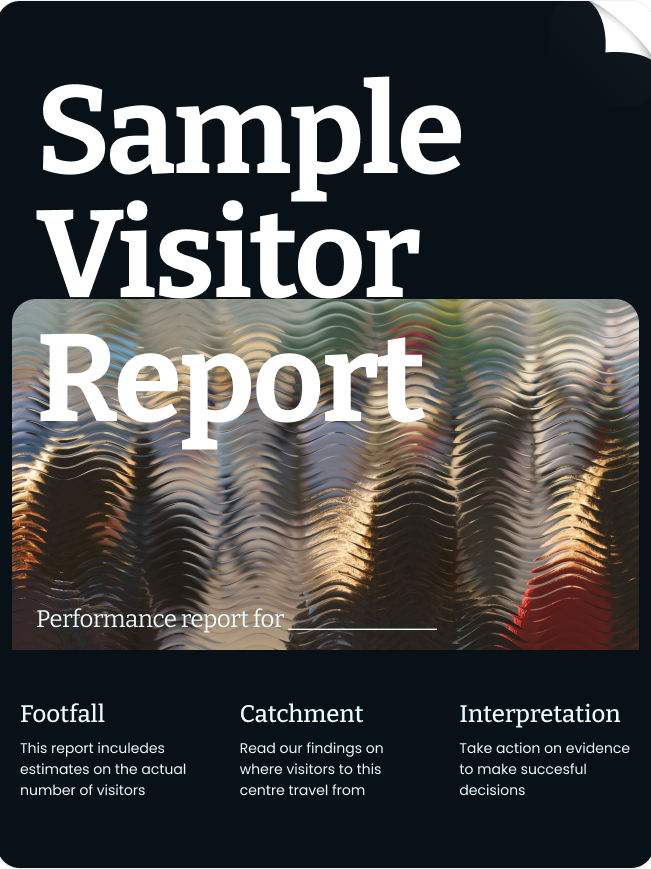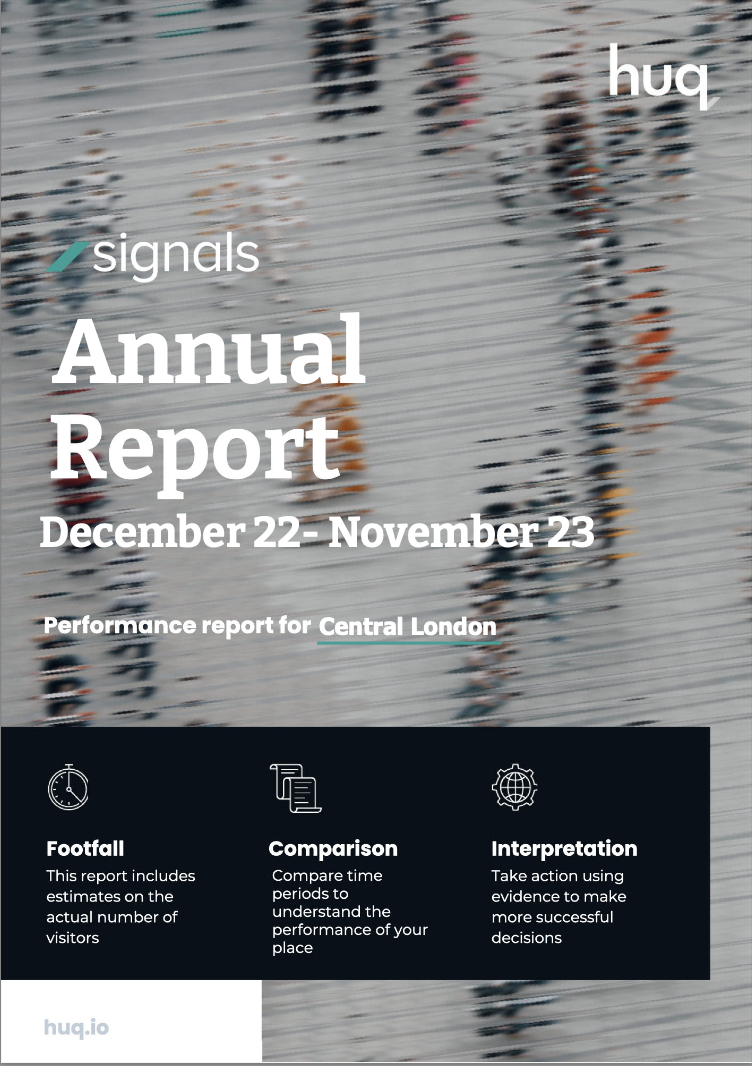A snapshot into any location
Unveil opportunity and value in any location with our Footfall Analysis Benchmark Report – a comprehensive guide to understand, optimise, and elevate your business’s physical presence.


Market-moving trends, competitive KPIs and spacial benchmarks -- delivered directly to you:
Need instant access to insights in any location? Capture snapshots into
- Footfall trends and patterns
- Spacial hotspots
- Origin and destination
- Visitor profiles
- Side-by-side comparisons
10x
Cost savings
100%
On-time delivery
110%
Increase in ARPU
"Huq provides the best way to identify lucrative visitor behaviours and maximise your investment"
– Aviva Investors



Packages and Pricing
Our customised subscription packages are designed to provide you with valuable insights, while meeting your needs.
*Package pricing available for multiple locations


Starting from
£41
/per month, billed annually for one location*
Core
- Footfall Tracker
- Density Map
Starting from
£83
/per month, billed annually for one location*
Advanced
- All of Core
- Dwell Time
- Catchment Area
Starting from
£125
/per month, billed annually for one location*
Elite
- All of Advanced
- Visit Frequency
- Spend Insights
The volume of data available has never been greater. The challenge has become finding value.
Instant access
Seamlessly access reports to make informed location decisions faster than ever.
Unique insights
Leverage diverse data for insights on asset performance.
Trusted partner
Widely cited in academia and news and trusted by 300+ companies for informed decisions.
Global solutions
Worldwide support for your monitoring needs.










